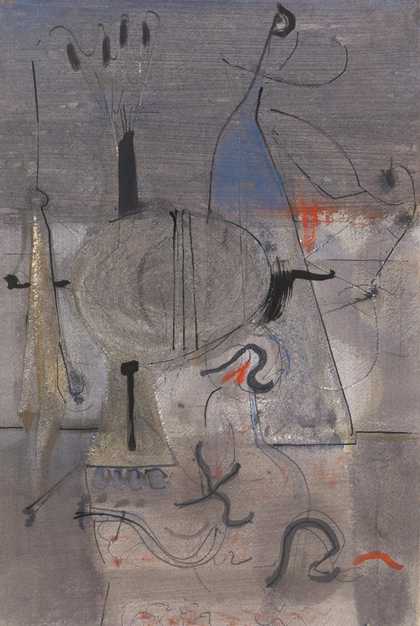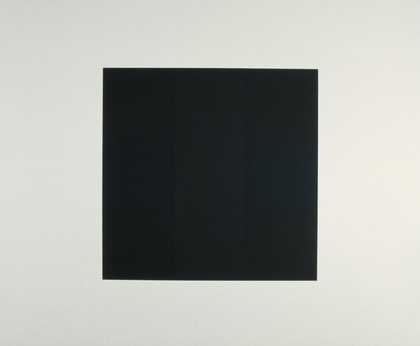The term 'Abstract Expressionism' was first used in 1946. The term has come to be associated with painting in New York during and after the war. However, a glance around the gallery will show you that the work on display is not painted in one style. The artists are grouped under one label because they often met as a group and felt united by common values. Most of the artists in the Abstract Expressionist group are represented in this display.
In 1946 Mark Rothko referred to his colleagues as a small 'band of myth-makers'. At first a number of these painters used the psychoanalysis of Freud and Jung to help them uncover mythic archetypes, symbols that were common to societies across the world for shared experience. It was not the specific stories or legends they were interested in but how these tales acted as carriers for the collective and enduring values of society. Rothko explains:
The picture deals not with a particular anecdote, but rather with the spirit of myth, which is generic to all myths at all times.
The Abstract Expressionists wanted to make paintings that affected their viewers' emotions. The relationship between the art work and you as a viewer is vital. In Ad Reinhardt's cartoons the active involvement of the viewer with abstract art is seen as progressive and is contrasted with 'reactionary' realist art which does not ask the viewer to play a part. In 1943 Gottlieb, Rothko and Newman stressed that:
No possible set of notes can explain our paintings. Their explanation must come out of a consummated experience between picture and onlooker.


